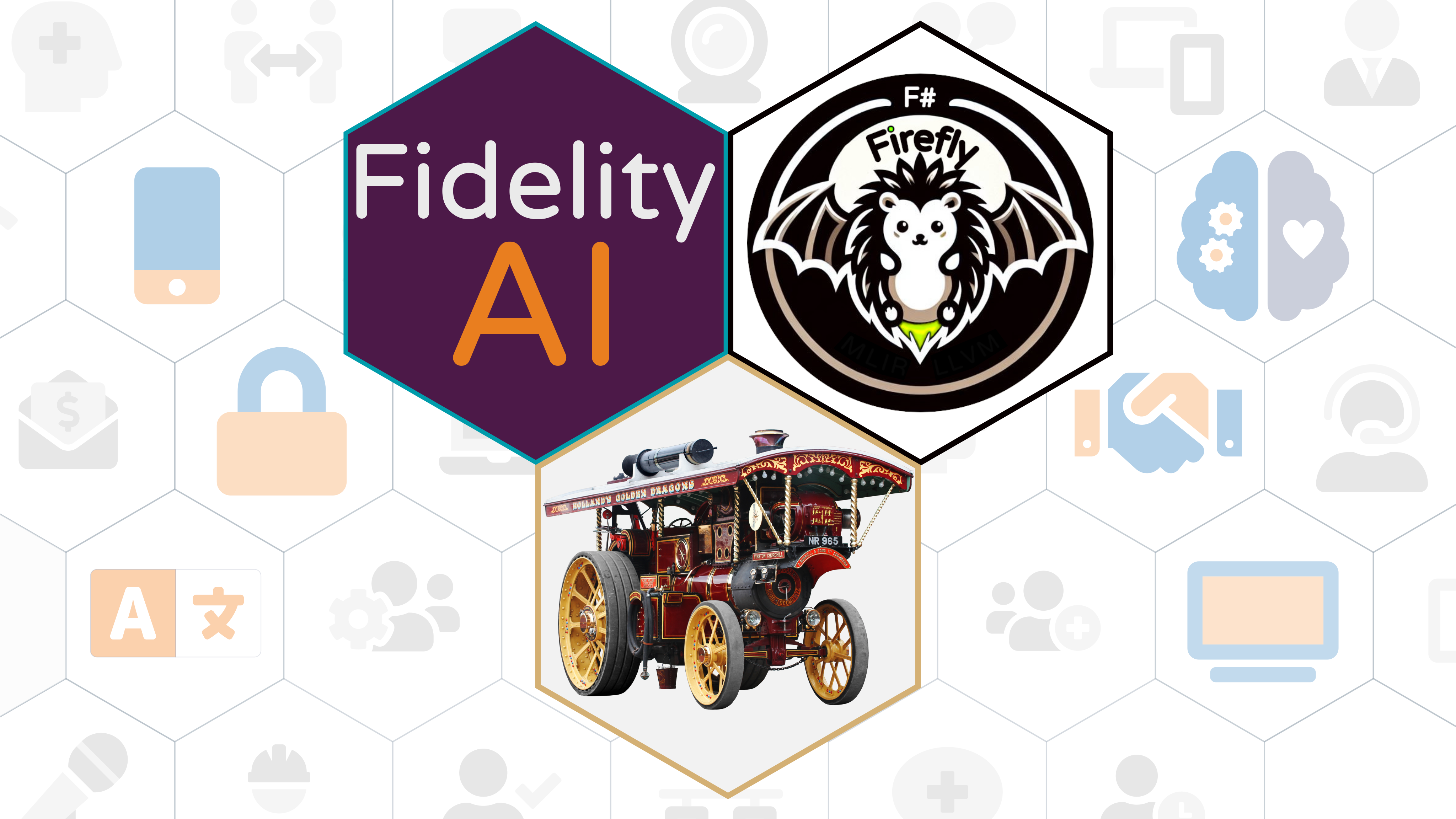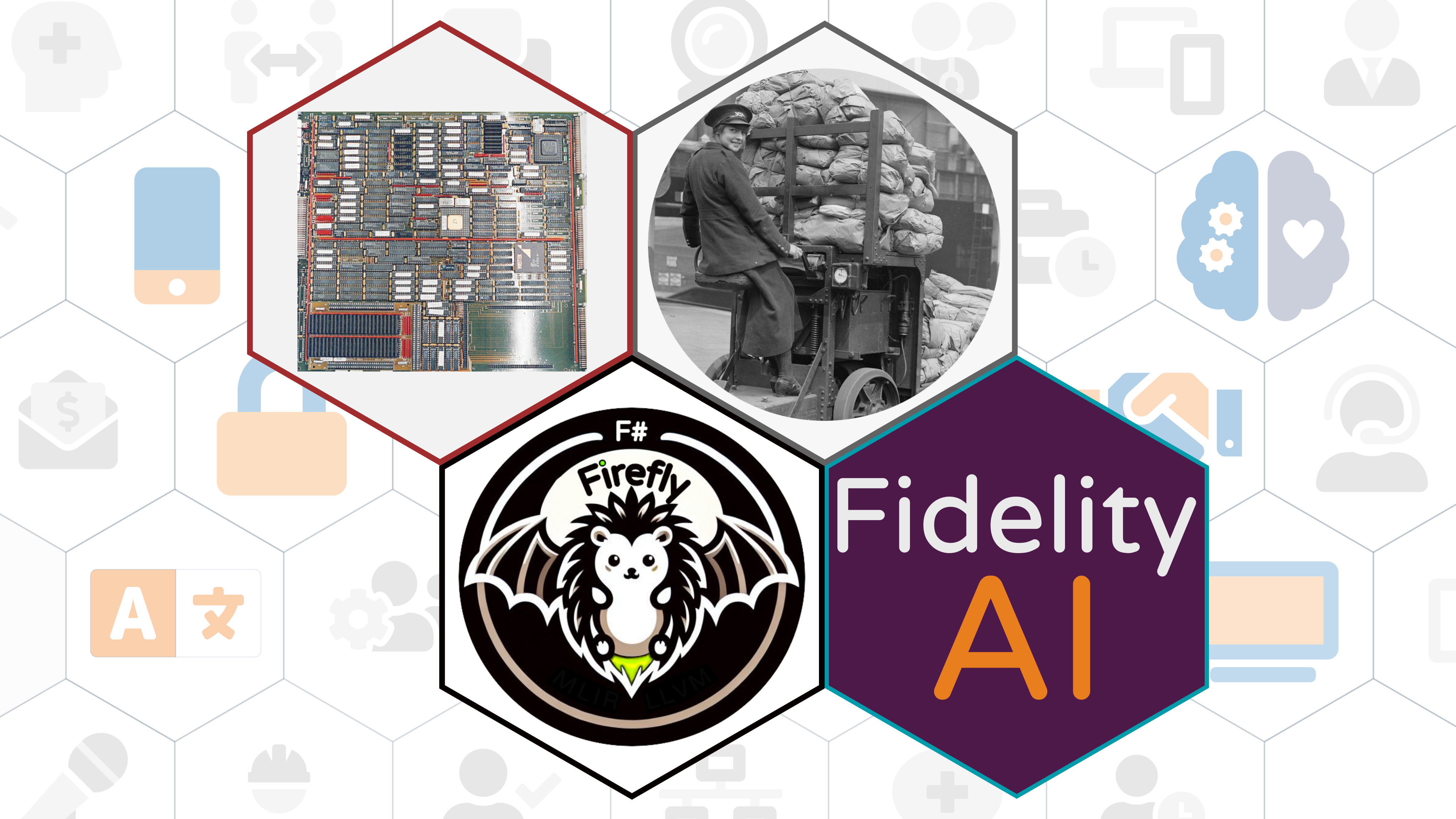Blog posts exploring the concept "Hardware-Acceleration"
← Back to all tagsA Vision For Unified Cognitive Architecture
AI’s Berlin Wall In our exploration of neuromorphic computing, we examined how specialized hardware might finally deliver on AI’s efficiency promises. But hardware alone cannot solve AI’s most fundamental limitation: the artificial wall between how systems learn and how they operate. 🔄 Updated October 22, 2025 This article now includes cross-references to related blog entries, connecting broader concepts presented here to detailed technical explorations elsewhere. These inline links serve as entry points for readers seeking deeper dives into various topics, while this blog entry illuminates our broader vision.
Read More
The Uncomfortable Truth of Comfortable Dysfunction
In a recent YouTube interview, Tri Dao, architect of Flash Attention and contributor to Mamba, delivered an insight worth exploring here: “If you’re a startup you have to make a bet … you have to make an outsized bet” [8:29]. This admission, in the flow of discussion about AI, reveals the fundamental tension in today’s technology infrastructure landscape. Most of the industry has agreed to a single big bet: placing the majority of resources on GPU-centric architectures and matrix multiplication as the foundation of intelligence even as the limits of Moore’s Law and the laws of thermodynamics loom large.
Read More
How Fidelity Solves The Abstract Machine Model Paradox
The blog post “Abstract Machine Models - Also: what Rust got particularly right” makes a compelling case for Abstract Machine Models (AMMs) as a missing conceptual layer between computer science and hardware. The author, reflecting on a failed microprocessor project, discovers that programmers don’t reason about either programming theory or raw hardware, but rather about intermediate mental models that predict extra-functional behavior: execution time, memory usage, concurrency patterns, energy consumption. These AMMs, the author argues, exist independently of both languages and hardware, explaining how a C programmer can transfer skills to Python despite their semantic differences.
Read More
The Advent of Neuromorphic AI
The “AI industrial complex” in its current form is not sustainable. While transformers have delivered remarkable capabilities, their energy consumption and computational demands reveal a fundamental inefficiency: we’re fighting against nature’s design principles. The human brain operates on roughly 20 watts, processing massive volumes of information through sparse, event-driven spikes. (at least, as we currently understand it today) Current AI systems consume thousands of watts to support narrow inference capabilities, forcing dense matrix operations through every computation.
Read More
Escaping The Steamcar Era of AI
The Steam-Powered Illusion The current AI oligarchy’s greatest deception isn’t about capabilities; it’s about implementation. While hyperscalers tout their models as “flying cars” of intelligence, the reality behind the curtain resembles something far more primitive: akin to steam-powered automobiles complete with teams of engineers frantically shoveling coal into boilers just to keep the engines running. This isn’t hyperbole. Today’s AI models require data centers that consume the water and power output of small cities, yet deliver chronically delayed responses in a technology environment where commercial viability is determined by human interactions measured in milliseconds.
Read More
Context-Aware Compilation
Modern processors are marvels of parallel execution. A typical server CPU offers dozens of cores, each capable of executing multiple instructions per cycle through SIMD operations. GPUs push this further with thousands of cores organized in warps and thread blocks. Emerging accelerators like NextSilicon’s Maverick or Graphcore’s IPU reimagine computation entirely. Yet most code fails to harness even a fraction of this power. Why? Because choosing the right parallel execution strategy requires understanding not just what your code does, but what it needs from its environment.
Read More
Why F# is a Natural Fit for MLIR
In 1998, Andrew Appel published a paper that heralded a change to how we should think about compiler design. “SSA is Functional Programming” demonstrated that Static Single-Assignment form, the intermediate representation at the heart of modern optimizing compilers, is exactly equivalent to functional programming with nested lexical scope. This insight has profound implications as we enter a new era of hardware-software co-design. At SpeakEZ, this revelation validates our approach with the Fidelity framework more than 25 years after its first publication: lowering F# to native code through MLIR isn’t just possible, it’s aligned to the fundamental structure of well-principled compilation.
Read More
Hardware Lessons from LISP
The computing industry stands at a fascinating juncture in 2025. After decades of general-purpose processor dominance that led to the accidental emergence of general purpose GPU, we’re witnessing what appears to be a reverse inflection point. Specialized architectures are re-emerging as an economic imperative, but with crucial differences from the LISP machines of the past. Our analysis examines how languages inheriting from LISP’s legacy, particularly F# and others with lineage to OCaml and StandardML, are uniquely positioned to realize the advantages of new hardware coming from vendors like NextSilicon, Groq, Cerebras and Tenstorrent: a concept we’re calling Dataflow Graph Architecture (DGA).
Read More
Discriminated Unions In Post-Transformer AI
The AI industry stands at an inflection point. As detailed in our “Beyond Transformers” analysis, the convergence of matmul-free architectures and sub-quadratic models will lead a fundamental shift in how we build and deploy AI systems. While the research community has demonstrated these approaches can match or exceed transformer performance with dramatically lower computational requirements, our investigation at SpeakEZ has uncovered an intriguing gap: Current tensor-only representations may not optimally capture the heterogeneous computational patterns these models require.
Read More
Next-Generation Memory Coherence
SpeakEZ’s Fidelity framework with its innovative BAREWire technology is uniquely positioned to take advantage of emerging memory coherence and interconnect technologies like CXL, NUMA, and recent PCIe enhancements. By combining BAREWire’s zero-copy architecture with these hardware innovations, Fidelity can put the developer in unprecedented control over heterogeneous computing environments with the elegant semantics of a high-level language. This innovation represents a fundamental shift in how distributed memory systems interact, and the cognitive demands it places on the software engineering process.
Read More
Toward A Transformerless Future
Note: This article was updated September 27, 2025, incorporating insights from recent research and a recent Richard Sutton interview that affirm many of the tenets we have put forward over the years. We’re considering designs with innovative approaches to distributed training of models that extend beyond the constraints of matrix multiplication. Matrix multiplication has served as the computational cornerstone of deep learning for over a decade, yet examining its dominance reveals an architectural assumption that may be limiting the field’s potential.
Read More
The Farscape Bridge
The computing landscape stands at an inflection point. AI accelerators are reshaping our expectations of performance while “quantum” looms as both opportunity for and threat to our future. Security vulnerabilities in memory-unsafe code continue to cost billions annually. Yet the vast ecosystem of foundational libraries, from TensorFlow’s core implementations to OpenSSL, remains anchored in C and C++. How might we bridge this chasm between the proven code we depend on and the type-safe, accelerated future we’re building at an increasing pace?
Read More
Dimensionally-Constrained CNN to TopOC Transfer Learning
At SpeakEZ, we are working on transformative approaches to transfer learning that combine convolutional neural networks (CNNs) with Topological Object Classification (TopOC) methods. This memo outlines our design approach to creating dimensionally-constrained models that maintain representational integrity throughout the transfer learning process while enabling deployment to resource-constrained hardware through our Fidelity Framework compilation pipeline. By leveraging F#’s Units of Measure (UMX) system to enforce dimensional constraints across the entire model architecture, we achieve not only safer and more reliable models but also significantly more efficient computational patterns that can be directly compiled to FPGAs and custom ASICs.
Read More
Beyond Transformers
Note: This article was updated September 27, 2025, incorporating insights from recent research and a recent Richard Sutton interview that affirm many of the tenets we have put forward, including the content of this blog entry. In the world of artificial intelligence, a structural transition is underway. For more than a decade, matrix multiplication has served as the computational foundation of neural networks, powering everything from language models like ChatGPT to computer vision systems analyzing medical images.
Read More
Fidelity Framework as AI Refinery
The AI industry is experiencing a profound shift in how computational resources are allocated and optimized. While the last decade saw rapid advances through massive pre-training efforts on repurposed GPUs, we’re now entering an era where test-time compute (TTC) and custom accelerators are emerging as the next frontier of AI advancement. As highlighted in recent industry developments, DeepSeek AI lab disrupted the market with a model that delivers high performance at a fraction of competitors’ costs, signaling two significant shifts: smaller labs producing state-of-the-art models and test-time compute becoming the next driver of AI progress.
Read More